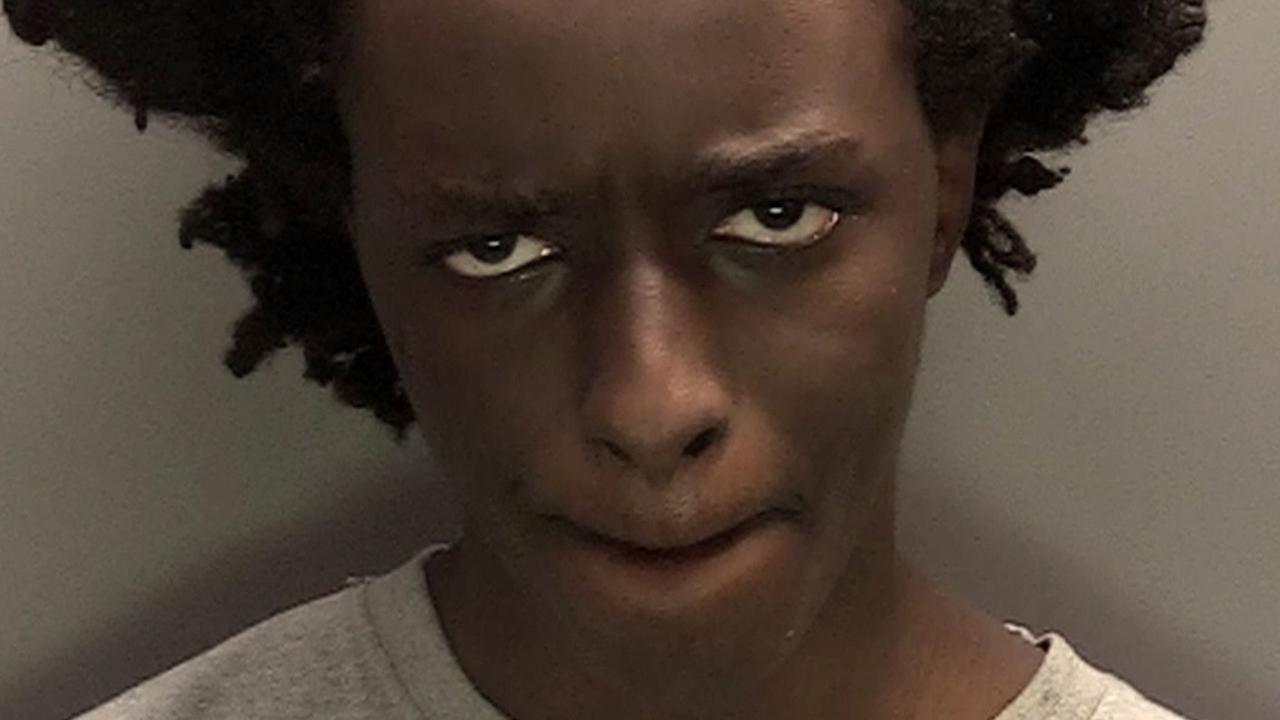Cocaine use by young Australians grows as drug is viewed as a ‘low calorie’ party high
COCAINE use rises among Millennials as youth view the drug as a cheaper, less calorie-laden option for a night out partying than drinking.
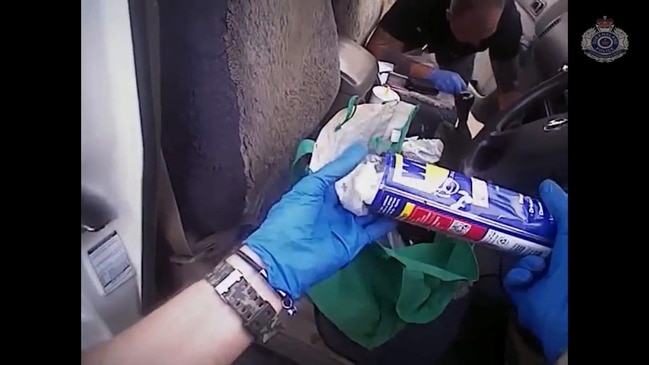
Crime in Focus
Don't miss out on the headlines from Crime in Focus. Followed categories will be added to My News.
COCAINE use is on the rise among Millennials as it is increasingly viewed as a cheaper, less calorie-laden option for a night out partying than drinking.
Once considered the drug of choice for well-heeled, upwardly mobile Sydneysiders, Crime Statistics Agency (CSA) data prepared exclusively for News Corp Australia shows it has grown in popularity in Victoria over the last five years, with cocaine possession charges among people under the age of 25 nearly quadrupling in that time.
The nation’s most recent waste water drug monitoring report shows cocaine consumption is also growing exponentially in Queensland and the Australian Capital Territory.
Drug experts told News Corp Australia cocaine was becoming increasingly popular with young people at parties because it was seen as glamorous, fun and relatively safe when compared with other party drugs, including pills.
While still expensive in comparison to some other drugs, it was nevertheless viewed by many young people as a cheaper option than a night out buying drinks.
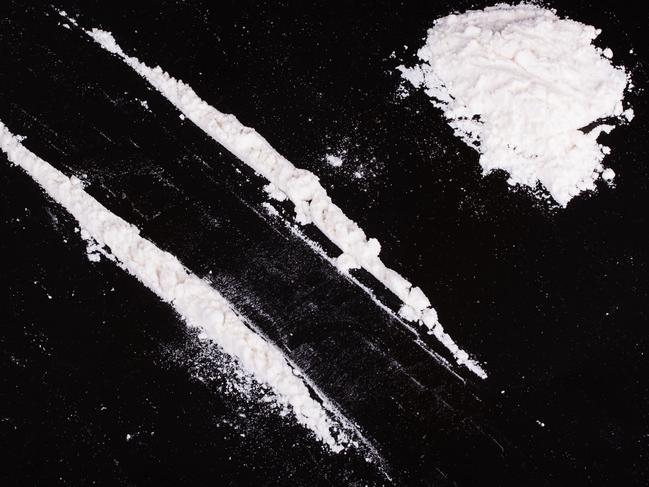
Penington Institute chief John Ryan said cocaine was no longer just being used by the wealthy, but was still more popular in Australian cities than in regional areas and was particularly popular in Sydney and Melbourne where there had been a recent increase in the availability of the drug.
MORE: CFMEU funds luxury drug rehab in Thailand for addict members
“Those issues regarding cost and calories et cetera are true but I do think there is an increase in the availability of cocaine in Melbourne; people describe it as relatively easy to access now and I think that is a matter of Melbourne following Sydney in that regard,” Mr Ryan said.
“The drug market shifts like fashions shift and I think that’s seen the appeal and availability of cocaine increase … My observation is that it’s increased in the party scene … I think it’s seen as a relatively glamorous, high-end drug appealing to people right across the spectrum, from people who are highly-resourced to people who are not moneyed but are aspirational, and who want to be doing what they’ve seen in the movies. It’s not rich people or poor people, it’s all sorts of people.”
The Penington Institute is an Australian drug response organisation aimed at reducing drug deaths.
The latest Bureau of Crime Statistics and Research figures show incidents of possession or use of cocaine skyrocketed by 45.9 per cent in the reporting period from March 2017 to March 2018 across NSW, with Sydney’s CBD and eastern suburbs the epicentre of the drug epidemic.
MORE: Sydney the cocaine capital
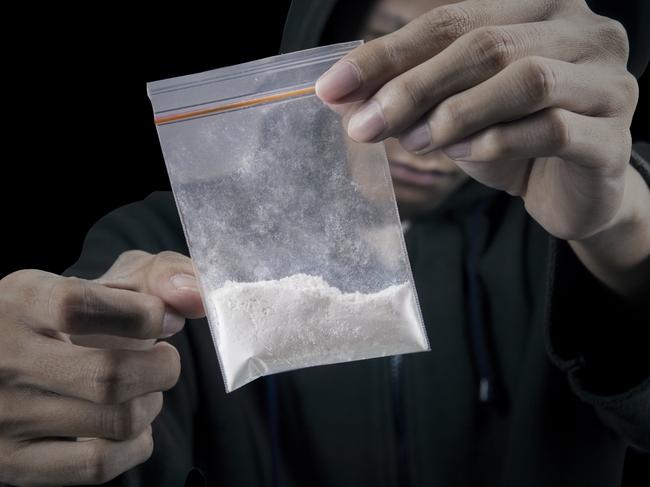
Lead clinical adviser of Beyond Blue and practising GP Grant Blashki said recreational drugs like cocaine were not without side-effects and as well as potentially becoming addictive, could contribute to major panic and anxiety disorders, among other mental health problems, in young people.
“I am always surprised when I am taking a routine (medical) history and I ask if they are using any recreational drugs and they quite casually say ‘yeah, yeah, just every few weekends I take some stuff’, so there’s certainly quite mainstream use out there,” Dr Blashki said.
MORE: How cocaine was allegedly found on the yacht of the Nikolics
The CSA Victorian data provided to News Corp shows cocaine use and possession charges among people under the age of 25 rose from 43 in the 12 months from July 2013 to June 2014, by nearly four times to 165 in the corresponding period in 2017-2018.
Among 21-year-olds charges more than doubled over the same five year period from 10 to 26, and among 18 year-olds more than quadrupled from less than three to 13.
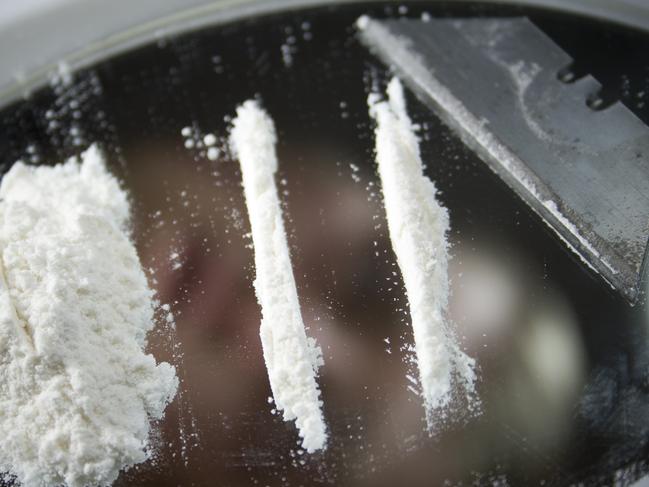
Australian Federal Police told News Corp it had seized 1300 items classified as cocaine, weighing nearly 950kg in total, from January 1 to September 10 this year.
And the most recent Australian Criminal Intelligence Commission report shows there was a record 2777 cocaine detections at Australian borders in 2015—16 — representing a 55.9 per cent jump on the previous year — and a record 3951 national cocaine seizures.
Colombia continues to be a major source of the drug, the report says.
An illegal stimulant produced from the leaves of the coca plant, cocaine is typically grown and processed in remote, mountainous areas overseas.
It is also known by a number of other names including coke, nose candy, snow, rack, white lady, toot, Charlie, stardust and blow, and causes bursts of alertness, feelings of wellbeing, euphoria and enthusiastic talking.
Originally published as Cocaine use by young Australians grows as drug is viewed as a ‘low calorie’ party high

